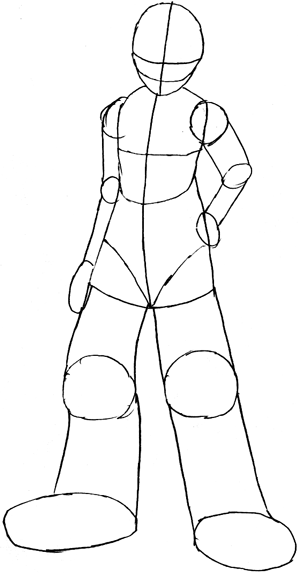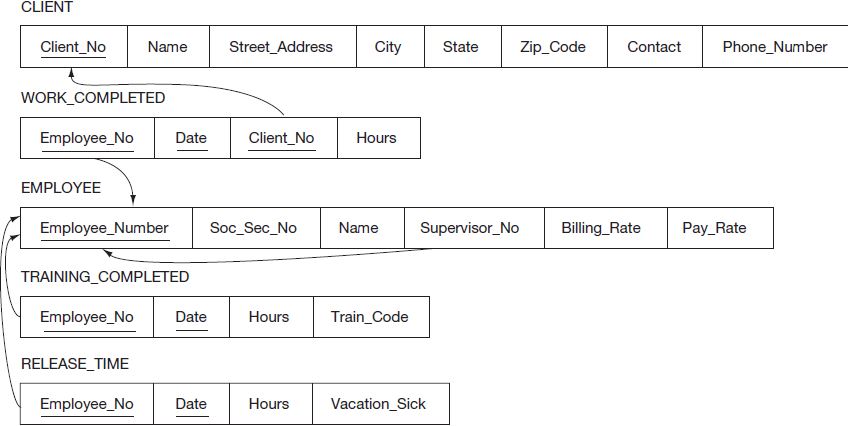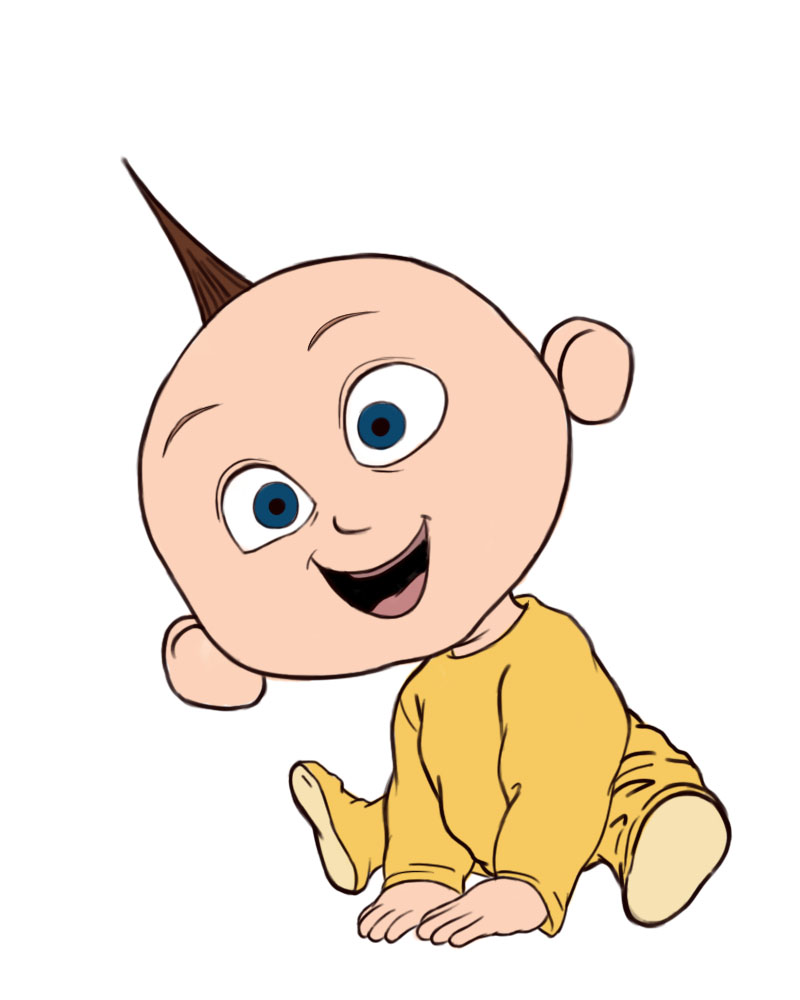Drapery nav t vit driverlayer cayiz fusain
Table of Contents
Table of Contents
Do you struggle with drawing fabric folds with charcoal? Are you tired of seeing your drawings fall flat and lack depth? You’re not alone. Many artists struggle with capturing the realism of fabric folds in their drawings. But fear not, with a few tips and tricks, you can master the technique and elevate your charcoal drawings to the next level.
When it comes to drawing fabric folds with charcoal, the struggle can be real. It’s easy to get lost in the details and lose sight of the bigger picture. You might find yourself frustrated with the lack of depth or struggling to capture the texture and movement of the fabric. Don’t get discouraged, with practice and the right techniques, you can overcome these challenges.
The key to drawing realistic fabric folds with charcoal is to first understand the way the fabric naturally folds and drapes. Take a moment to observe the way fabric behaves when it’s hanging or laid out. Pay attention to the different types of folds and the way light interacts with the fabric. By understanding the basics of fabric folds, you can build a foundation for your drawings that will make capturing the realism of fabric much easier.
When beginning your drawing, start with light lines and build up the folds slowly. Don’t get too caught up in the details right away, focus on the overall shape and flow of the fabric. Always work from the top of the fabric to the bottom, and try to capture the movement and texture of the folds. Experiment with different charcoal techniques, such as cross-hatching and shading, to add depth and dimension to your drawing.
Personal Experience of How to Draw Fabric Folds with Charcoal
When I first started drawing fabric folds with charcoal, I struggled to capture the realism and depth of the fabric. I found myself getting lost in the details and losing sight of the bigger picture. However, through practice and studying the way fabric behaves, I was able to improve my technique and start creating more realistic drawings.
The key for me was focusing on the overall shape and flow of the fabric, and building up the folds slowly. I also experimented with different charcoal techniques, such as shading and cross-hatching, to add depth and dimension to my drawings.
Tips for Drawing Fabric Folds with Charcoal
1. Study the way fabric behaves when it’s hanging or laid out to build a foundation for your drawing.
2. Start with light lines and build up the folds slowly, focusing on the overall shape and flow of the fabric.
3. Experiment with different charcoal techniques, such as shading and cross-hatching, to add depth and dimension to your drawing.
4. Always work from the top of the fabric to the bottom, capturing the movement and texture of the folds.
The Importance of Light and Shadow in Drawing Fabric Folds with Charcoal
When drawing fabric folds with charcoal, it’s important to pay attention to the light and shadow in your drawing. Light and shadow play a crucial role in creating the illusion of depth and dimension in your drawing. By understanding and applying these concepts, you can create more realistic and captivating drawings.
When first starting your drawing, consider where the light source is coming from and how it will interact with the fabric. Use lighter charcoal strokes where the light hits the fabric directly, and darker strokes where the fabric folds and shadows are more present. This will help add depth and dimension to your drawing, and make the fabric appear more realistic and natural.
The Importance of Texture in Drawing Fabric Folds with Charcoal
Another important aspect to consider when drawing fabric folds with charcoal is texture. Texture plays a crucial role in creating a sense of realism and dimension in your drawing. Pay attention to the different textures and patterns in the fabric, and use charcoal strokes to recreate them in your drawing.
Experiment with different charcoal techniques, such as cross-hatching and stippling, to add texture and depth to your drawing. By incorporating texture into your drawing, you can create a more realistic and natural-looking fabric fold.
Practice Makes Perfect: Continuing to Improve Your Fabric Fold Drawings with Charcoal
As with anything, practice makes perfect. The more you draw fabric folds with charcoal, the better you’ll become at capturing the realism and depth of the fabric. Take time to observe the way fabric behaves in different situations, and continually experiment with different charcoal techniques to hone your skills and develop your technique.
Question and Answer
Q: Can I use other mediums besides charcoal when drawing fabric folds?
A: Absolutely. While charcoal is a great medium for capturing the texture and depth of fabric folds, there are many other mediums you can use. Graphite, colored pencils, and pastels are all great options depending on the effect you’re trying to achieve.
Q: How do I capture the movement and fluidity of fabric folds?
A: Capturing the movement and fluidity of fabric folds can be challenging, but starting with light lines and building up the folds slowly can help. Pay attention to the way the fabric naturally folds and drapes, and use charcoal strokes to capture the texture and movement.
Q: How do I add depth and dimension to my fabric fold drawings?
A: Adding depth and dimension to your fabric fold drawings can be achieved through the use of light and shadow, as well as incorporating texture into your drawing. Experiment with different charcoal techniques, such as cross-hatching and shading, to add depth and dimension to your drawing.
Q: What’s the best way to practice drawing fabric folds with charcoal?
A: The best way to practice drawing fabric folds with charcoal is to start with simple objects, such as a t-shirt or a sheet. Take note of the way the fabric behaves, and focus on developing your technique and skills. As you become more comfortable, start experimenting with different types of fabric and more complex folds.
Conclusion of How to Draw Fabric Folds with Charcoal
Drawing fabric folds with charcoal can be a challenge, but with practice and the right techniques, you can elevate your drawings to the next level. Remember to observe the way fabric behaves, start with light lines, and experiment with different charcoal techniques to capture the texture and movement of the fabric. By continually practicing and developing your skills, you can create realistic and captivating fabric folds in your drawings.
Gallery
How To Draw Fabric Folds In 2021 | Fabric Drawing, Color Pencil Drawing

Photo Credit by: bing.com / folds
Pin By Michael Currey On My Drawings & Paintings | Drawing Techniques

Photo Credit by: bing.com / drapery navštívit driverlayer cayiz fusain
How To Draw Folds In Clothing And Fabric, A Step-by-Step Tutorial

Photo Credit by: bing.com / folds gvaat
Fabric Folds 1 By Joe5art On DeviantArt

Photo Credit by: bing.com / folds
Pin On PENCIL ART

Photo Credit by: bing.com / drawing pencil fabric observational drapery drawings value draw charcoal glass shading ak0 ap still rajzok fabrics artwork choose board figure





